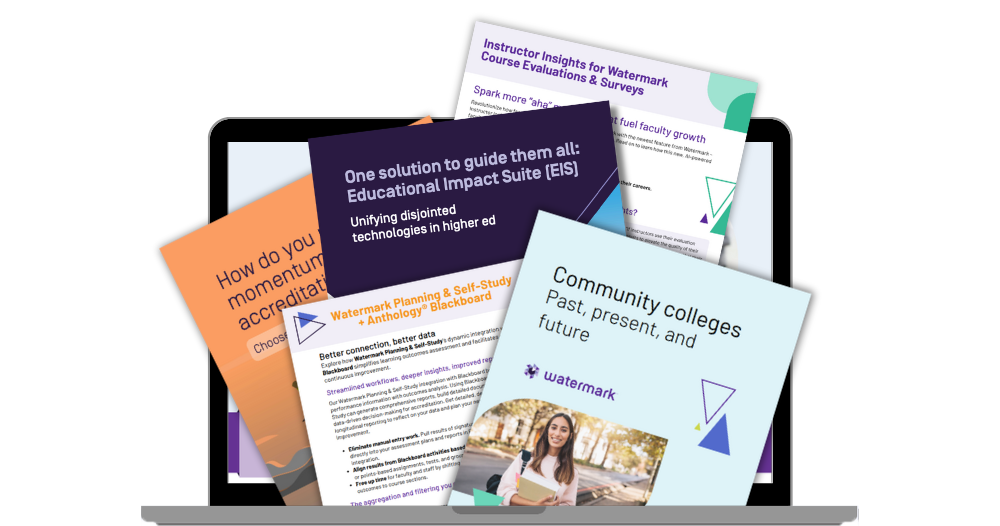Resource Library
Browse content to learn how our tools are helping clients stay up-to-date on trends in higher ed.
 Filter by:
Filter by:
Resource Type
Solution
Use Case
Sector
Search
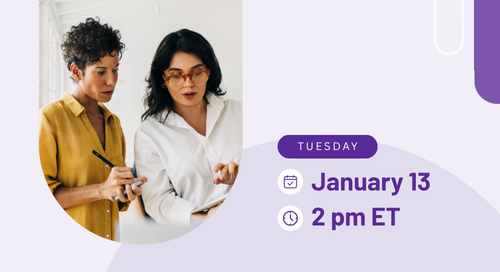
Webinar
Discover how Watermark Faculty Success with Course Evaluations & Surveys creates a unified feedback loop for faculty growth, delivering actionable…
Read Now →

Webinar
Faculty Forward Webinar Series
Explore practical ways to support faculty engagement and growth in this webinar series, featuring insights from three peer institutions.
Read Now →
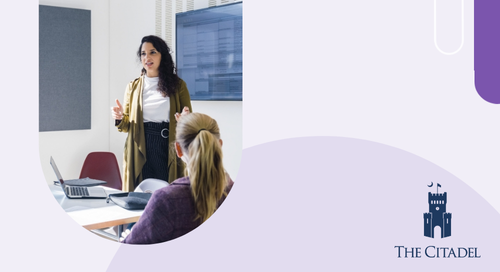
Webinar
Inside The Citadel’s accreditation success: The approach that set them apart
Explore how The Citadel takes a proactive approach to accreditation review and reporting by creating a comprehensive and user-friendly process…
Read Now →

Blog
Higher ed after Anthology’s bankruptcy protection filing: Why stability matters
Concerned about Anthology’s bankruptcy? See how Watermark ensures continuity, compliance & innovation for higher ed institutions.
Read Now →
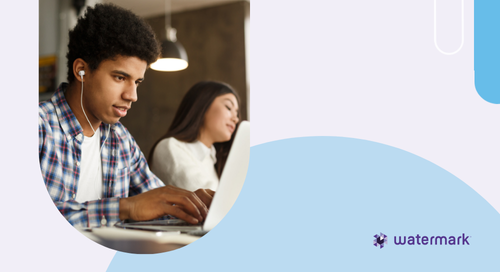
Solution Tour
[On-Demand] Showcasing growth and impact with Watermark Student Learning & Licensure
See how Watermark Student Learning & Licensure helps you centralize data, track student progress, and simplify assessment to showcase program…
Read Now →
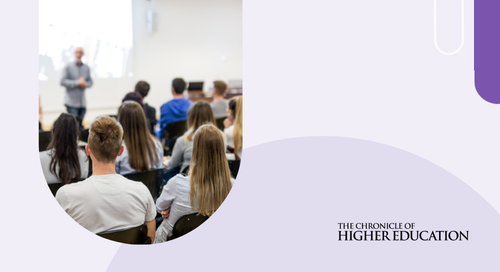
Webinar
Academic program assessment that works: A panel with CHE & campus leaders
How can you assess academic programs effectively amid financial, enrollment, and workforce pressures? Learn from experts in institutional research and…
Read Now →
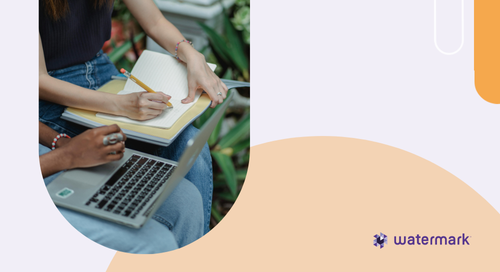
Solution Tour
[On-Demand] Unlocking 70%+ response rates and meaningful feedback with Watermark Course Evaluations & Surveys
Transform course evaluation data into clear, actionable insights with Watermark Course Evaluations & Surveys. Discover how fast setup, seamless integration,…
Read Now →
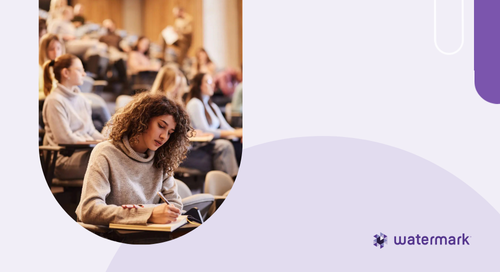
Solution Tour
[On-Demand] Seeing the full picture of student learning: Connecting evaluations and outcomes with Watermark
Unlock the full story of student learning by connecting direct and indirect measures. Join us to see how Watermark tools…
Read Now →
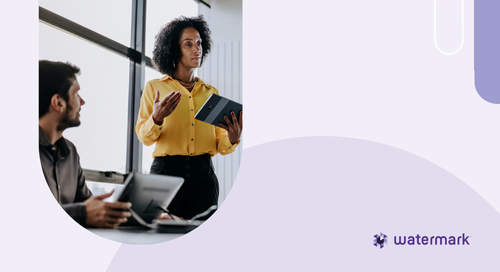
Solution Tour
[On-Demand] Connecting assessment & improvement with Watermark Planning & Self-Study
Watermark Planning & Self-Study centralizes planning, assessment, program review, and accreditation in one tool. See firsthand how it helps 280+…
Read Now →

Solution Tour
[On-Demand] Reduce administrative burden & reclaim time: A better way to manage faculty data
See why 400+ institutions use Watermark Faculty Success to boost engagement, simplify reporting, and support credentialing, promotion, and career pathways…
Read Now →




